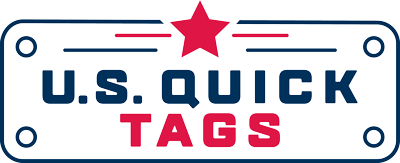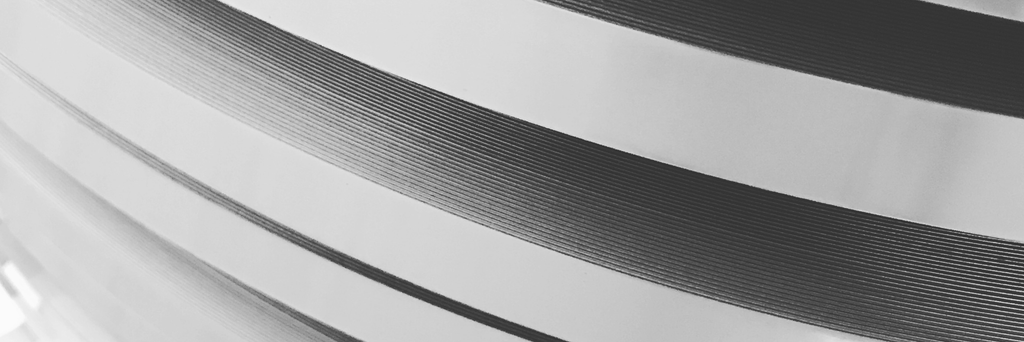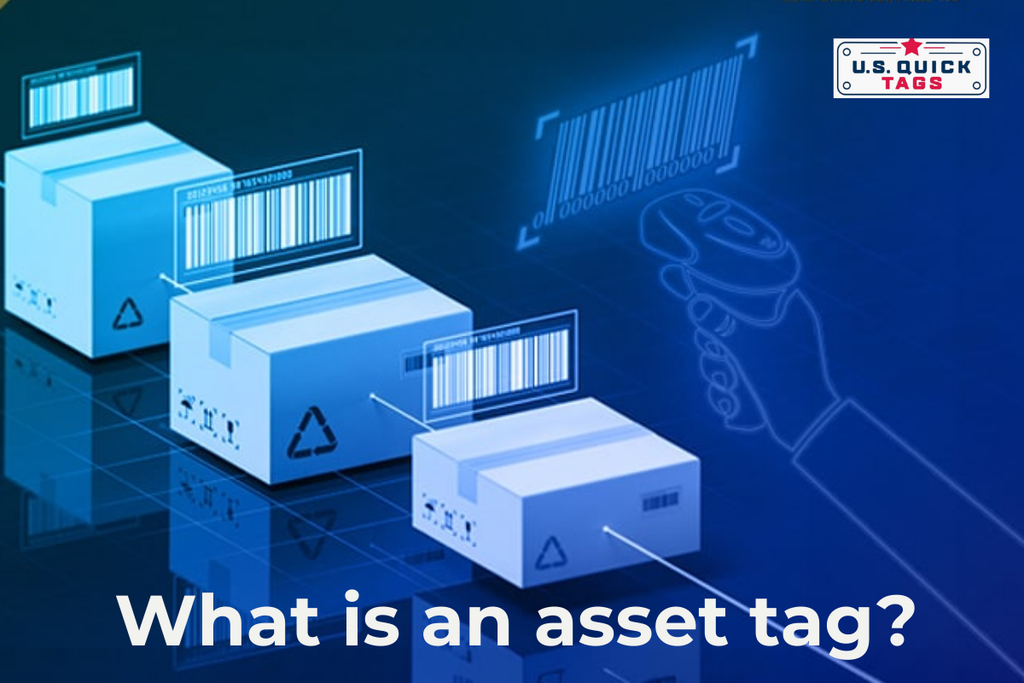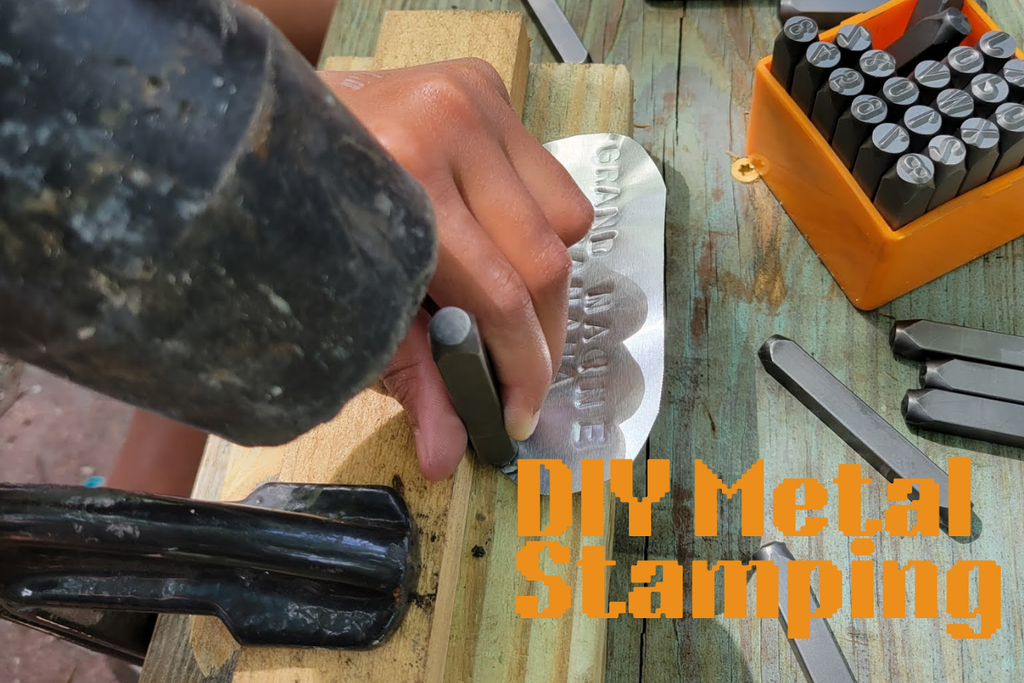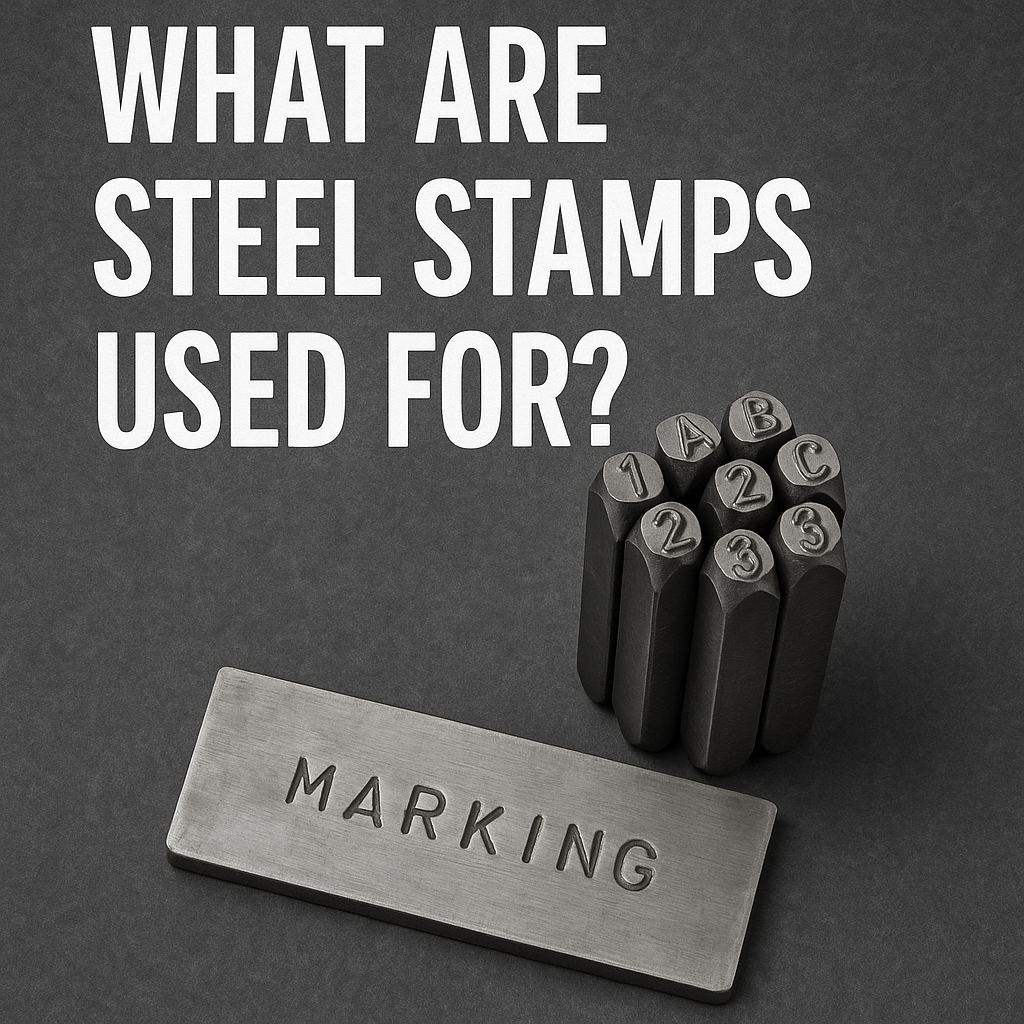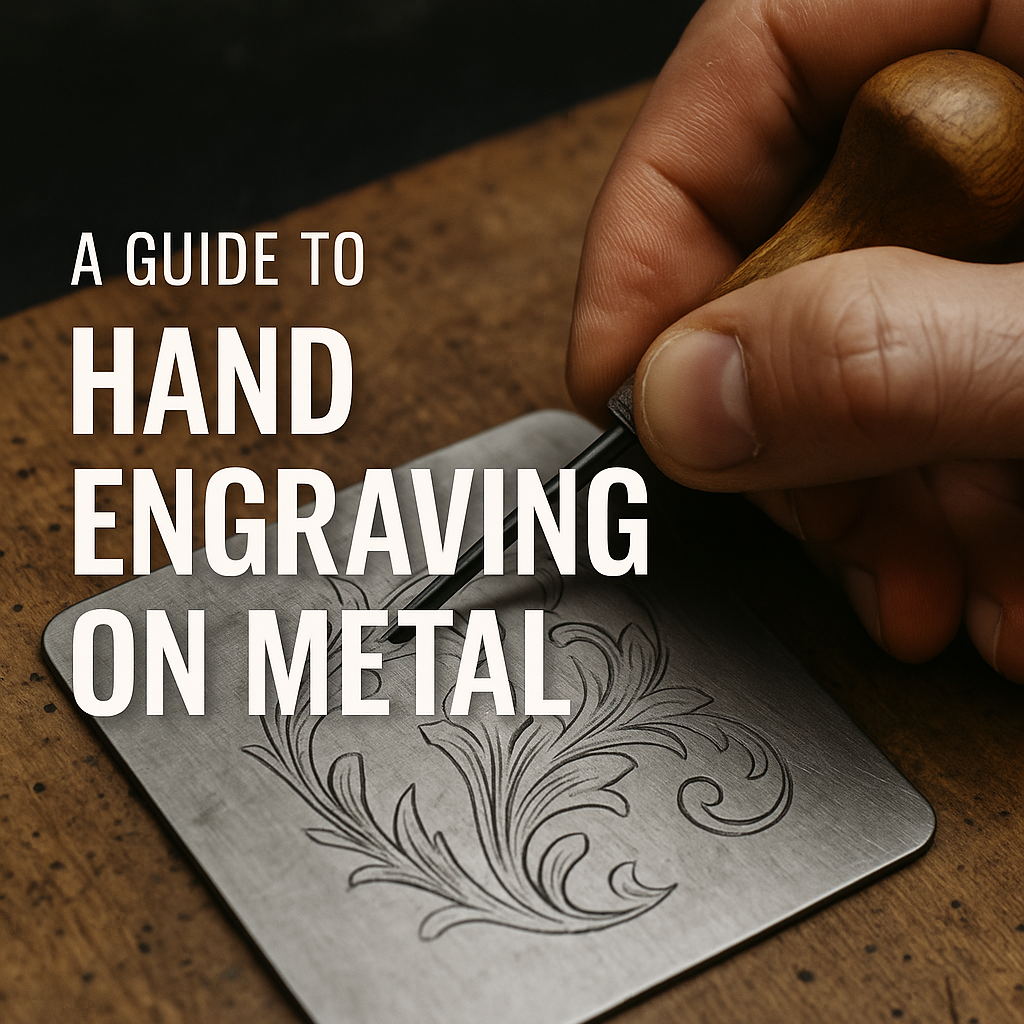Stainless Steel: What Makes the Grade?
- USQuickBlogs
- 06 Jan, 2020
There are over 50 different grades of stainless steel in the world. Each has its own set of unique properties and useful applications. Certain industries tend to prefer specific grades of the material to meet tolerances or provide a desired effect.
For metal identification purposes, selecting the right material is crucial for a long lasting solution. Three of the most popular grades used for ID tags include 304, 316, and 430 stainless.
304
304 is used for an incredibly wide range of applications. From home appliances to pipes, we rely on this material in our everyday lives.
In addition, 304 stainless is one of the most commonly utilized materials in industrial settings. This grade offers significant rust resistance, due to its high concentration of nickel and chromium.
The material is relatively affordable, and works very well with welding or other attachment methods.
Due to its all-around usability and versatility, 304 is a great option for metal nameplates.
316
316 stainless steel shares many similarities to 304, however it contains a small amount of molybdenum. This provides better resistance to corrosion than its counterpart.
The 316 material resists against pitting, making it preferable for acidic environments. Just like 304, it is a suitable material for welding.
This substrate is sometimes referred to as military grade. This material is commonly found in the most harsh environments with such as nuclear facilities, or harsh chemical environments using high salinity levels.
However, when it comes to marking identification tags, it may be harder for your machine to cut or stamp the tough metal.
430
430 stainless steel is typically seen in manufacturing plants, factories, and other facilities.
This type of steel is often more affordable than other grades due to the lack of nickel in the material, it is not as corrosion resistant. To increase the corrosion resistance this material can be buffed creating a very reflective finish.
430 stainless does work well with nitric and other acids. This grade is not the best for welding, and should not be used in situations where there will be heavy loads or hard impacts to the material.
The main benefit to using this material other than affordability is its magnetic property. Since the material is magnetic, it can be used in for applications which specifically require it to be.
Wrap-Up
With so many varieties to select from, it can be daunting when trying to decide on the right material. The key is to select the substrate which is best suited for your specific application.
If you are looking to mark blank metal tags with custom information, 304, 316, and 430 stainless steel are great options.
